Heritage buildings in Cambodia serve as symbols of the nation's identity, culture and history while also offering architectural icons. They are a timestamp in the rich history of the Kingdom, but also can be important tourist attractions while serving as motivation for future generations and their cultural preservation efforts are important.
The Cambodian Ministry of Culture and Fine Arts, as well as other national authorities, oversees the protection and conservation of registered heritage buildings to ensure their legacy and a legal framework exists for heritage preservation in Cambodia.
In 2021 the acting Prime Minister Hun Sen issued a circular to prevent the demolition and altering of heritage buildings, the changing or damaging of religious structures, public and private buildings, villages and ancient houses.
Since then, the Phnom Penh Department of Culture and Fine Arts has been actively identifying heritage buildings, archaeological sites, and historical earthworks to prevent the loss of significant historical structures due to urbanisation
Pawel Siudecki, Lead Architect and CEO of The Room Design Studio told us his views on the importance of Cambodia trying to preserve its heritage buildings, “Heritage in the form of architecture plays a crucial role in shaping national identity. It connects people to their history and culture, offering a tangible link to the past. In more developed markets, renovated heritage buildings are highly valued in the commercial sector. This is because they offer a unique blend of historical significance and modern amenities, making them scarce and desirable. These buildings not only provide a spiritual connection to history but also incorporate modern technology and solutions, which significantly boosts their market value.”
The Benefits of Preserving Heritage Hotels in Cambodia
Pawel Siudecki - Lead Architect and CEO
In the heart of Phnom Penh, heritage hotels like the Cambodiana, Himawari, and Raffles Hotel Le Royal are not just accommodations; they're historical icons. These hotels, with their rich histories and cultural significance, have hosted royalty, dignitaries, and countless travellers, becoming an integral part of Cambodia's identity, so it's no question that we present ways in which we can preserve these historical buildings, all the while improving business operations to ensure their continued success.
The Challenge of Renovation
Renovating heritage buildings is often desirable but can be financially and structurally challenging. The high costs and technical difficulties of restoring these ageing structures to modern standards sometimes make demolition and new construction more attractive, especially in dynamic real estate markets.
These historic hotels, filled with decades of memories, present unique challenges in balancing preservation with modern amenities. Raffles Hotel Le Royal is a perfect example of successful preservation, maintaining its historical integrity through significant renovations in 1996 and 2020 while continuing to offer a luxurious experience for history enthusiasts.
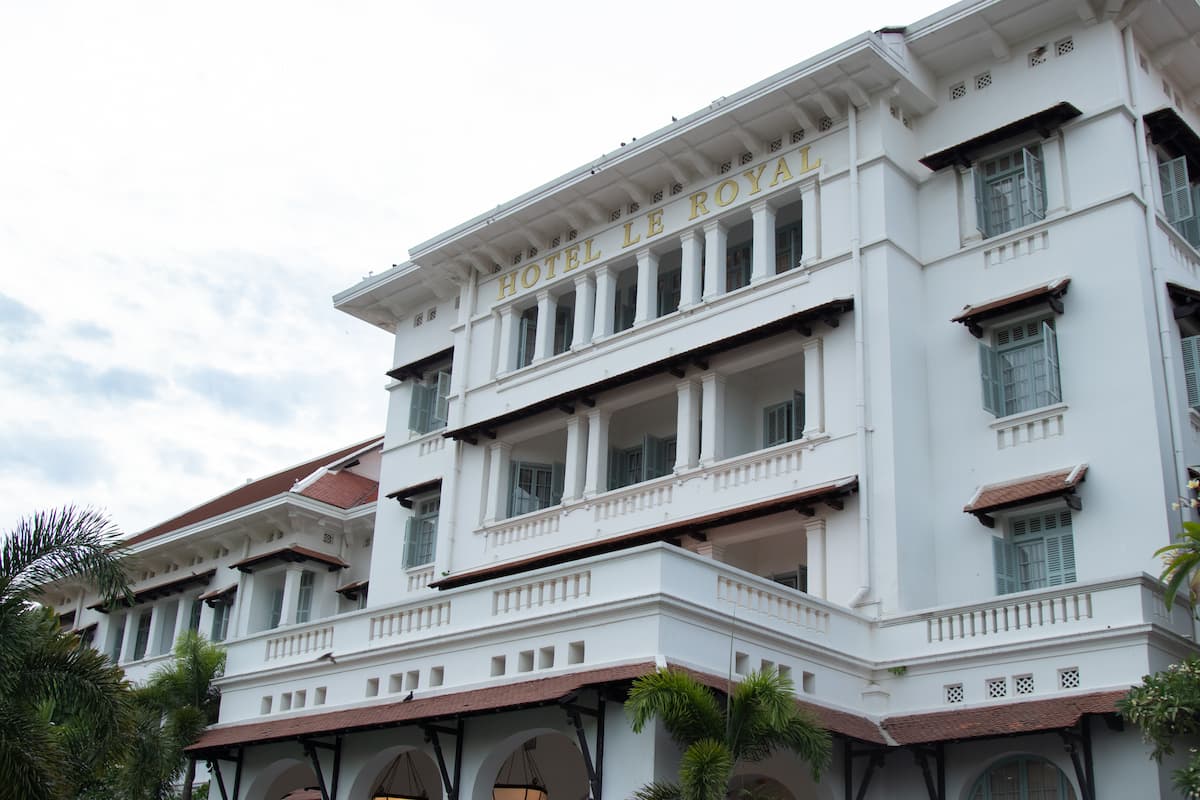
Strategic Locations and Diverse Business Integration
Phnom Penh's heritage hotels occupy ideal locations at the centre of tourist activities and iconic landmarks, presenting excellent opportunities for revitalisation To fully capitalise on this potential, integrating modern amenities like sports facilities, convention centres, and art spaces can attract a broader audience and ensure sustainable income.
Himawari Hotel, located close to the Royal Palace and the Chaktomuk Conference Hall, exemplifies this capability, with its advantageous location, which is most convenient for cultural events like the Cambodian Water Festival, held annually in front of the Royal Palace. Moreover, this hotel has integrated modern amenities and event spaces to accommodate both leisure and business travelers, making it a prime example of how blending heritage with contemporary features can create a thriving and sustainable hospitality business.
For those deeply connected to Phnom Penh’s heritage, this process represents more than a professional responsibility; it embodies a commitment to preserving the soul of the city for future generations.
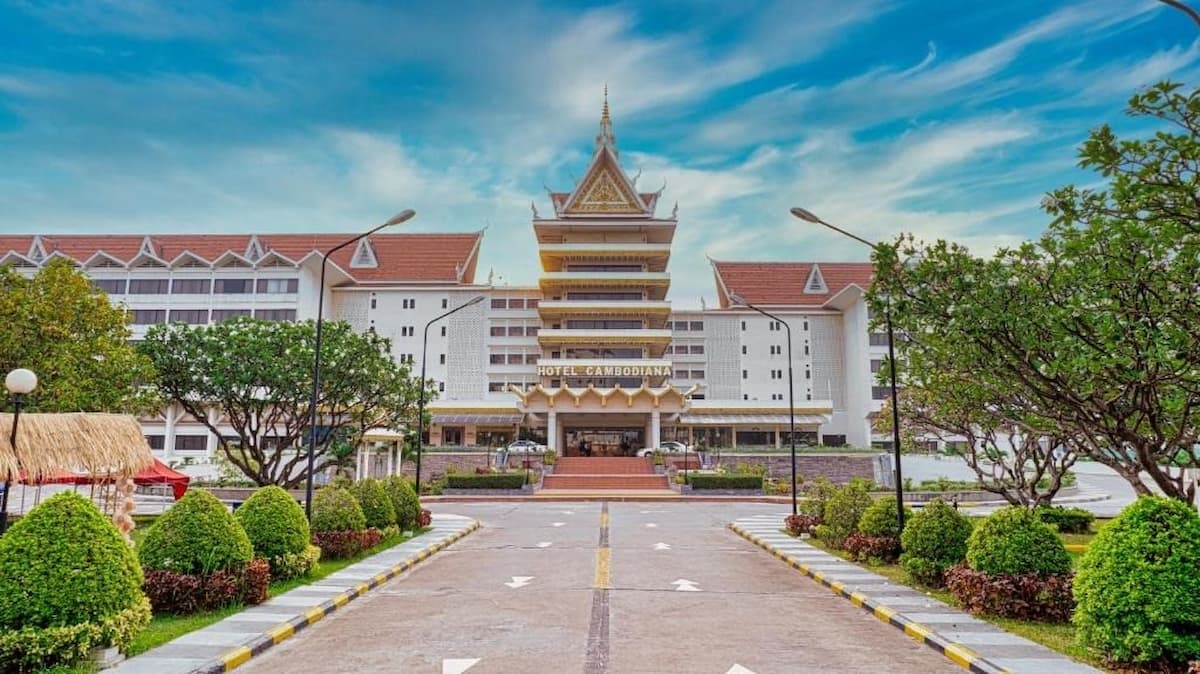
Balancing Heritage and Modernisation In Phnom Penh
Investing in modern infrastructure while preserving historical charm is essential, however, this can be challenging to execute. One approach is to incorporate underground parking or rooftop parks, which can improve the functionality of these buildings without compromising heritage.
This strategy aligns with both local and international guest expectations, contributing to sustainable urban development.
On the legal challenges of heritage preservation, Pawel Siudecki says, “I agree that progress is being made, but there is still much to do to protect heritage buildings in Cambodia. It’s encouraging to hear that a Prakas (a legal directive or proclamation) might be in the works, which would signal the government's recognition of the need for stronger preservation measures. However, this still needs to be confirmed and monitored closely.
Looking at Myanmar provides a great example of how policy and strategy can be implemented effectively. Myanmar has recently taken significant steps to protect its heritage buildings, including proposing new laws and expanding the list of protected sites. These efforts have been driven by a combination of government action and advocacy from heritage organisations, which Cambodia could look to as a model for its own heritage preservation efforts.”
Preservation versus Demolition Of Heritage Buildings In Cambodia
As these buildings approach a time when their standard technical lifespans become a topic to consider and take action, distinct challenges arise in terms of renovation, reconstruction, and repurposing to meet the current conditions.
Sometimes it can be challenging to change the business strategy of these buildings, making demolition a seemingly easier option. However, while demolishing and rebuilding offers a fresh start, preserving historical integrity is invaluable.
Collaborating with architects and historians can help develop plans that honour Cambodia's rich history while meeting modern needs. Successful examples from cities like London demonstrate how heritage can be preserved through interior renovations while modernizing functionality. Instead of starting from scratch, revamping the interior of the building can be a more economically beneficial approach.
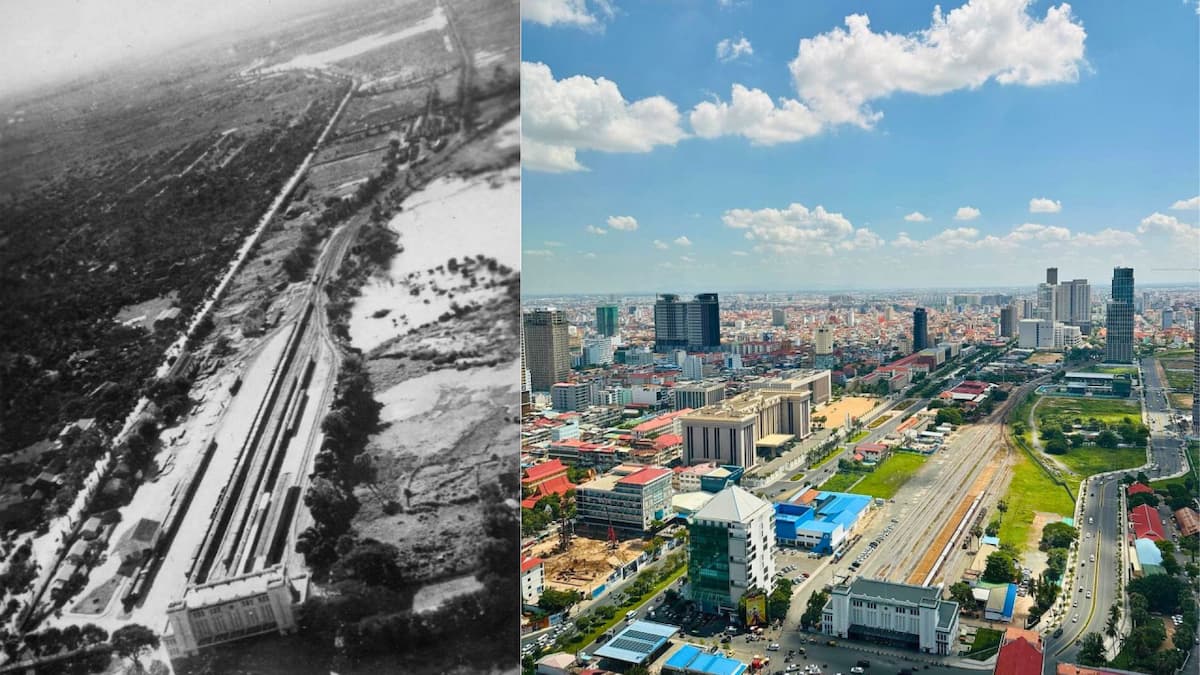
Moving Forward
Despite the many challenges, strategic planning and creative solutions can guide the preservation and revitalisation of Phnom Penh’s heritage hotels.
An initial feasibility study, encompassing technical and business cases becomes the first step and guidelines for the overall process.
By drawing inspiration from successful global examples and embracing innovative strategies, developers and investors can ensure these landmarks continue to thrive, retaining their architectural significance for future generations.
See the article here from The Room Design Studio - We will bring you a second part next week.
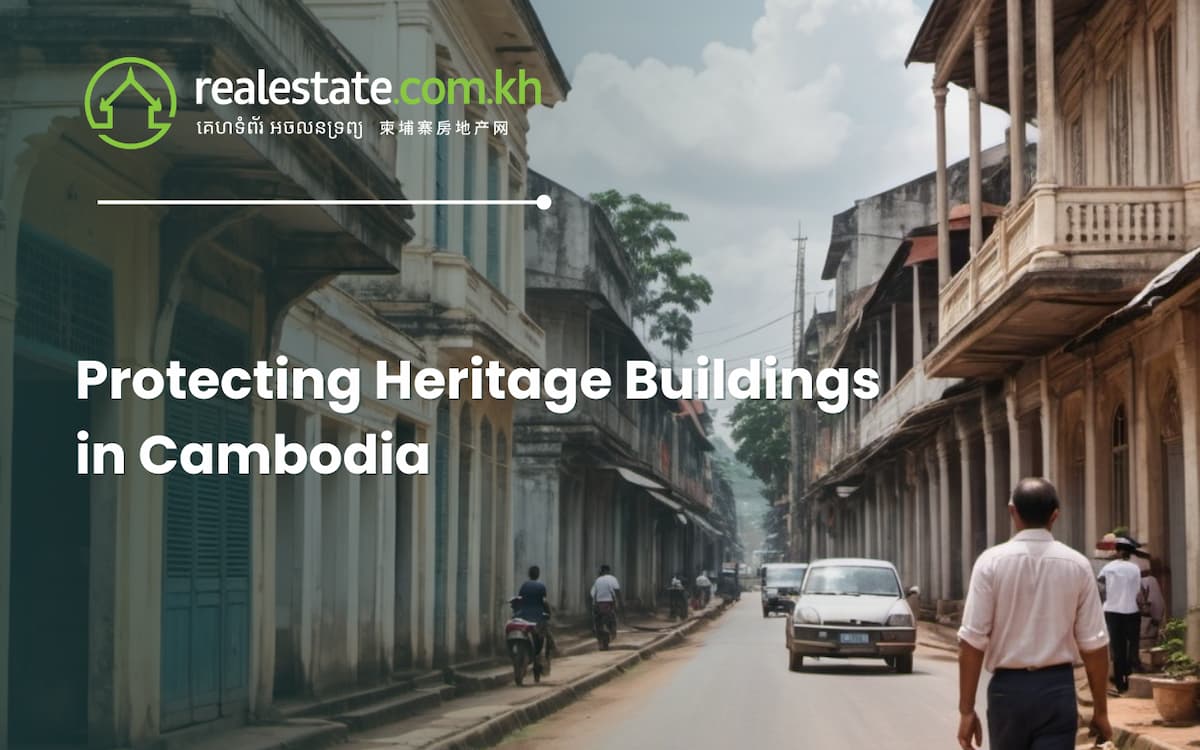
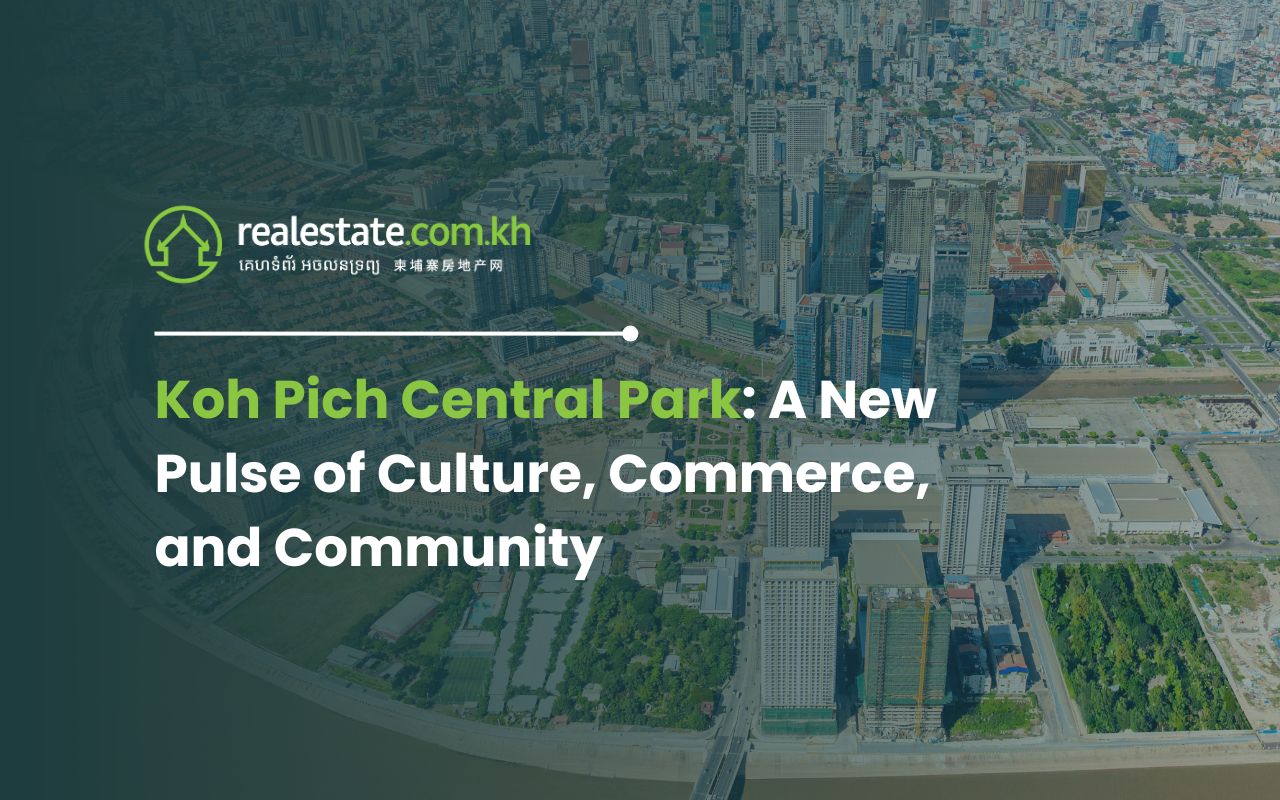


Comments